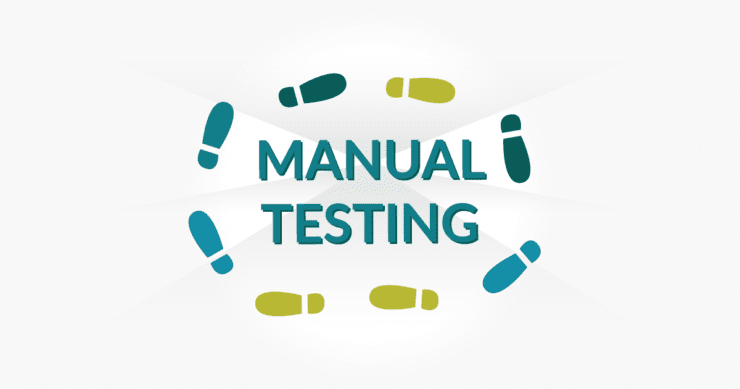Our manual testing tutorial contains all the basics, plus quite a bit more. Soon, you’ll be able to tell your smoke testing from your negative testing, and know why the skills and qualities of human testers can’t be beaten by automation.

Get started with the first post that explains what manual testing actually is, and the next takes you through all the stages involved. If you plan to work in QA as a tester, you need to understand the different manual testing methodologies available, so you can select the right ones for the job in hand.
In our manual testing tutorial, you’ll be introduced to some useful tools you can use, why manual testing is so valuable, and even how manual stacks up against automation testing. All this and more is covered in the tutorial, so start improving your knowledge base today.
Let’s get started with the Manual Testing Tutorial
2. The Manual Testing Process - The Steps Involved
What happens during the manual testing process? How do you string together all the parts mentioned in the first post? This is where we dig a bit deeper to explore what happens when we take manual testing into the workplace. What are user expectations and those of the commissioning business, and when should you set up the test environment?
3. Types of Manual Testing
There are many different ways to conduct manual testing. This is because one type alone won't be able to answer everything you need to know about a build. Choosing the right techniques can help you find out if everything works as intended, how a web page looks on all the popular browsers, and just as importantly, do people enjoy using the new product.
4. Why Manual Testing is Important
Automation seems to get all the headlines these days, so why would anyone say that manual testing is still relevant, let alone important? Check out this post to learn why manual testing remains the central component of most testing projects. I think you'll be surprised, but if you need a clue, it's all about human ingenuity.
5. Manual Testing Tools List
In manual testing, you will sometimes find that the methodology you want to use requires a tool. Other times, tools can be optional, helping you to save time and be more efficient. This post will enable you to find out what kinds of tools are available, what they do, and how they can support your testing.
6. Manual vs Automation Testing - What Are The Differences?
Finally, we compare manual and automation testing to explore the strengths and weaknesses of both methods. During a comprehensive testing project, both kinds of testing are likely to be used. By checking through our comparison, you will have a better idea of where to use each method in the best ways to support successful testing.
So now you have read our manual testing tutorial with everything together in once place, why not browse the TestLodge Blog to expand your understanding of this great topic.
Contributing writers
-
Jake Bartlett lives and works in Nashville, Tennessee. He has a background in software testing, customer support, and project management.
-
Priya has worked in the Software Testing Industry since 2006 and is an expert in manual testing.
-
Jane Oriel is an editor, tech copywriter, and website content manager for TestLodge.









